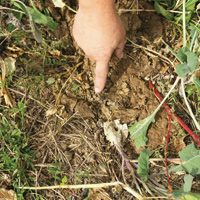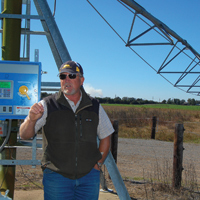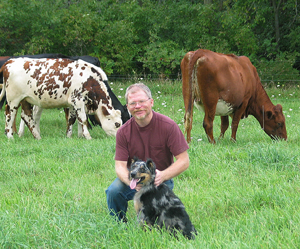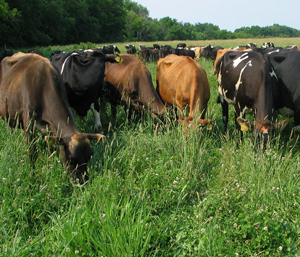By Allen Williams, Ph.D.
Over the past three months we have looked at the basics of seedstock genetic selection for producing the kind of cattle that are capable of meeting the demands of the grassfed beef market. This month we will concentrate on selecting for the stocker or feeder cattle that we are actually going to finish on forage.
And as with the seedstock, selection for cattle to finish is primarily a matter of proper phenotype and genotype. To determine the desired phenotype and genotype, we first have to identify the end-product target. Continue reading “Selecting cattle for finishing on grass”





